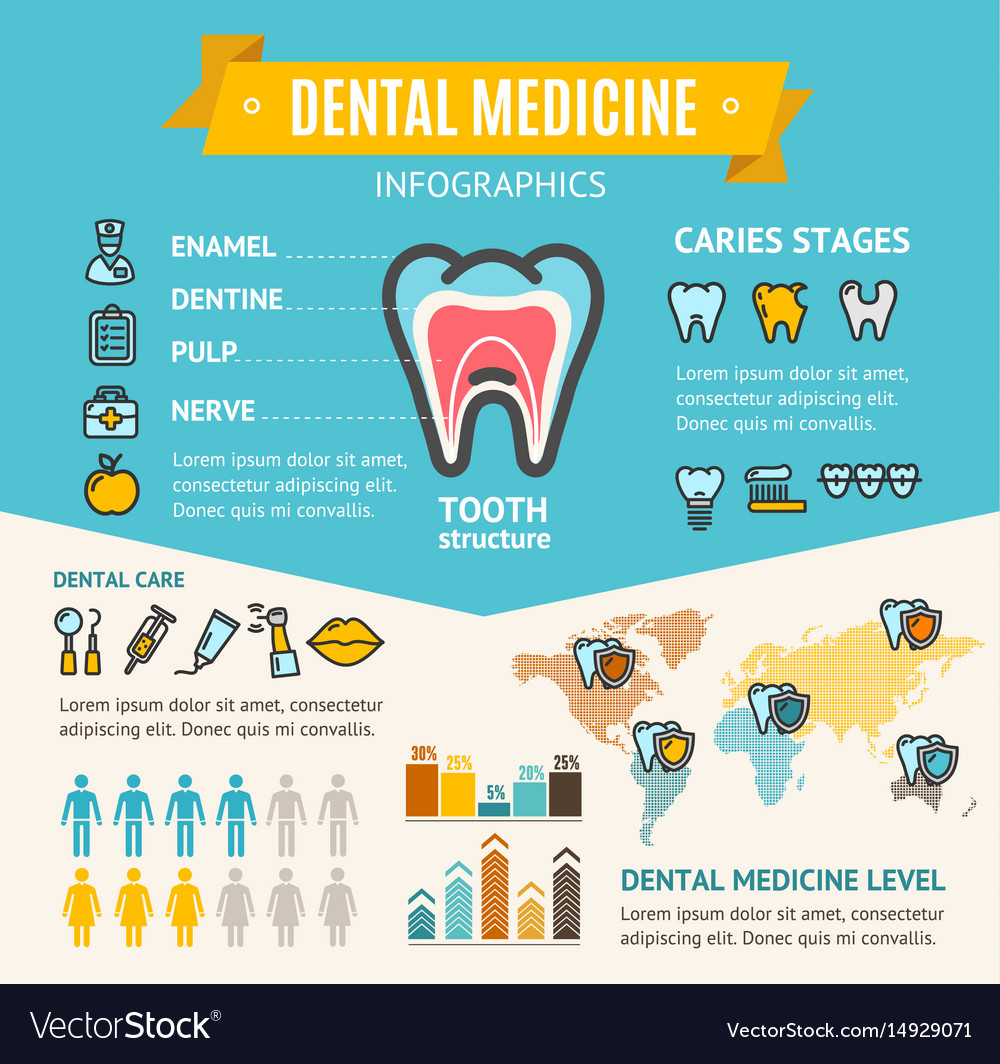Prepare Yourself For Unanticipated Oral Emergency Situations By Having The Ability To Recognize The Signs Of Trauma And Recognizing The Suitable Time To Look For Prompt Medical Interest
Prepare Yourself For Unanticipated Oral Emergency Situations By Having The Ability To Recognize The Signs Of Trauma And Recognizing The Suitable Time To Look For Prompt Medical Interest
Blog Article
Staff Author-Silverman Bennetsen
If you really feel a sudden jolt of pain or notice a tooth injury, it can be upsetting. But how do you identify if it's an oral emergency that requires immediate attention? Understanding the essential signs and understanding when to seek aid can make all the difference in preserving your oral health and wellness. Recognizing when to act swiftly could indicate the distinction in between a quick fix and extra extensive treatment.
Common Types of Dental Injury
What're the common types of oral trauma that you should know?
Mishaps can happen, bring about different types of oral injuries. One usual sort of oral injury is a cracked tooth. This can occur from attacking down on something difficult or experiencing a strike to the face.
An additional type is a damaged tooth, where a part of the tooth can chip off. Additionally, you might experience a knocked-out tooth, which can take place during sporting activities or falls. It's important to deal with the tooth thoroughly and seek immediate dental interest.
Oral injury can also involve a tooth that has actually been pushed out of position or loosened up because of an injury. This sort of injury needs prompt therapy to save the tooth.
Finally, soft tissue injuries in the mouth, such as cuts, can additionally occur from mishaps. Understanding about these common sorts of dental trauma can help you act swiftly and appropriately in case of an emergency.
Indications of Oral Emergencies
Recognizing the signs of oral emergencies is critical for timely action and proper therapy. If you experience severe tooth discomfort that's constant and pain, it might indicate an underlying problem that needs prompt attention.
Swelling in dentist and orthodontist near me , face, or jaw can also be a sign of an oral emergency, specifically if it's accompanied by discomfort or high temperature. Any kind of sort of injury to the mouth leading to a broken, broken, or knocked-out tooth must be treated as an emergency situation to avoid further damages and possible infection.
Bleeding from the mouth that does not stop after applying stress for a few minutes is another warning that you must seek emergency oral treatment. Furthermore, if you notice any type of signs of infection such as pus, a nasty preference in your mouth, or a fever, it's important to see a dentist immediately.
Ignoring these indicators might result in much more severe complications, so it's critical to act quickly when confronted with a possible dental emergency situation.
Value of Immediate Therapy
Trigger activity and immediate therapy are crucial in resolving oral emergency situations to prevent further issues and ensure ideal outcomes for your dental wellness.
When faced with a dental emergency situation, such as a knocked-out tooth or serious tooth pain, looking for instant therapy can make a considerable difference in saving your tooth and alleviating pain. Postponing therapy can cause infection, increased pain, and even long-term damage to your teeth and gums.
By looking for emergency oral care quickly, you increase the opportunities of successful treatment and reconstruction. https://all-on-6-dental-implants06172.blogadvize.com/37635166/unraveling-mistaken-beliefs-distinguishing-fact-from-misconception-in-dentistry have the necessary skills and devices to address emergency situations efficiently, reducing the risk of long-term consequences.
Furthermore, immediate therapy can assist take care of discomfort and pain, enabling you to resume your daily tasks without distraction.
Final thought
In conclusion, understanding oral trauma and recognizing when to look for emergency treatment is vital for maintaining dental health.
By identifying typical kinds of dental injuries and the indicators of dental emergencies, you can guarantee prompt care to stop additional damages and complications.
Bear in mind, seeking instant therapy can save teeth, minimize discomfort, and boost the possibilities of effective recovery.
Don't wait to look for help from a dental professional if you experience any signs of dental trauma.
